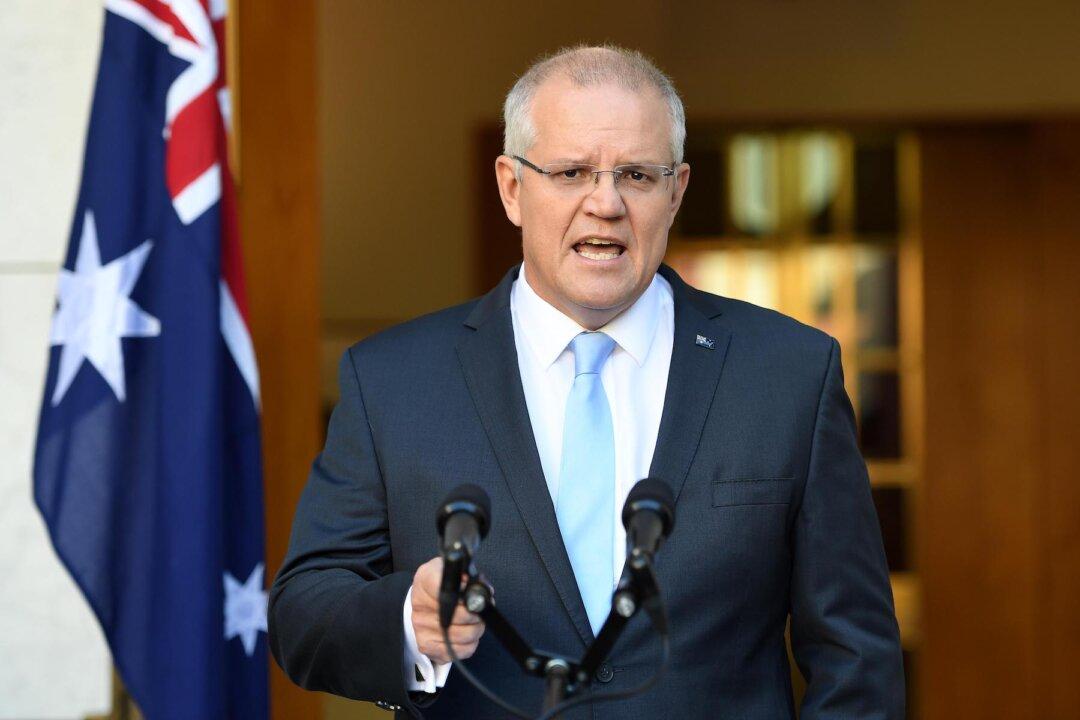Australia’s government on Feb. 27 initiated its emergency response plan, warning its citizens to prepare for a coronavirus “pandemic” as the deadly virus continues to spread around the globe.
“We believe the risk of a global pandemic is very much upon us and as a result, as a government, we need to take the steps necessary to prepare for such a pandemic,” Prime Minister Scott Morrison said.





